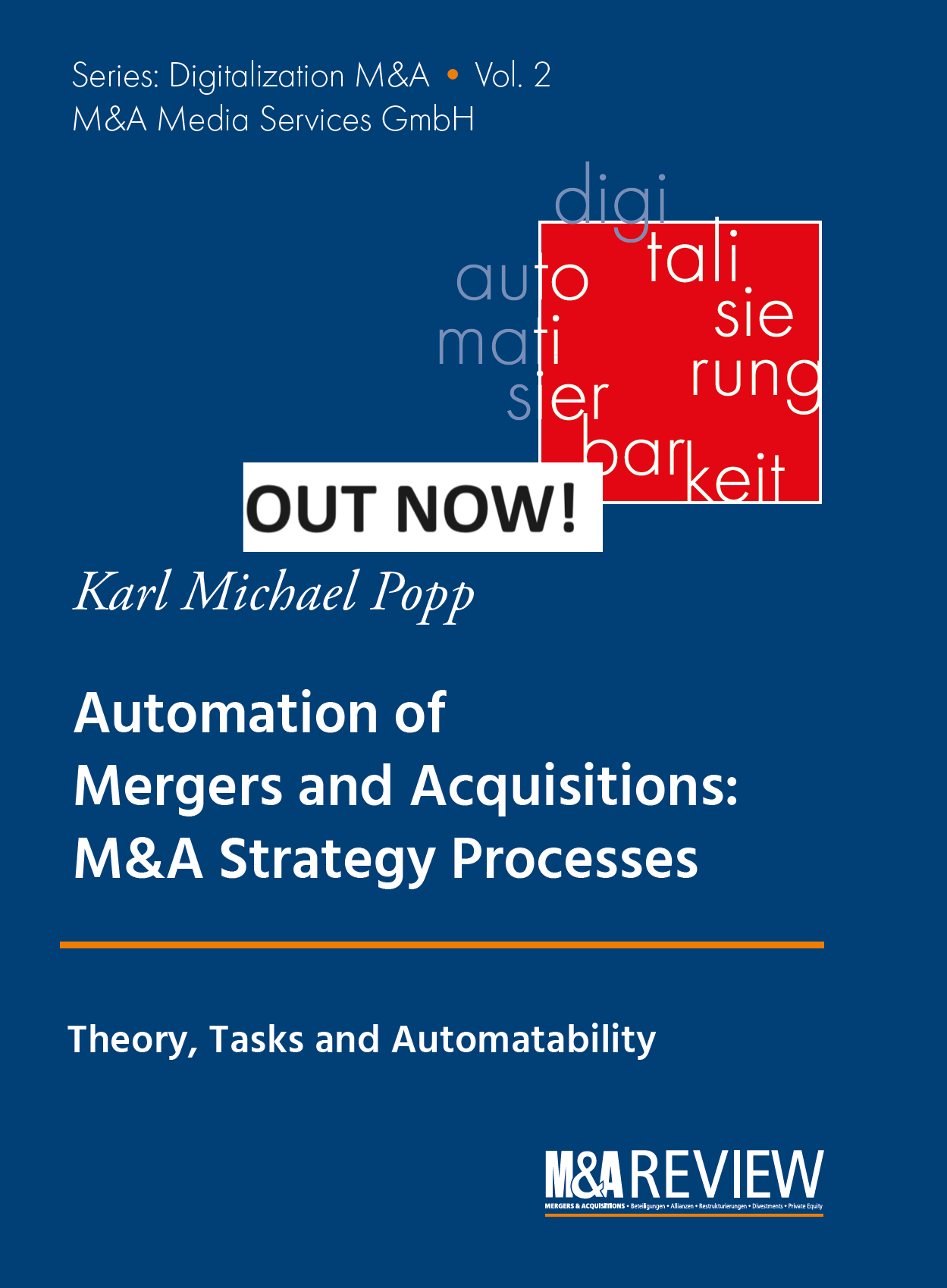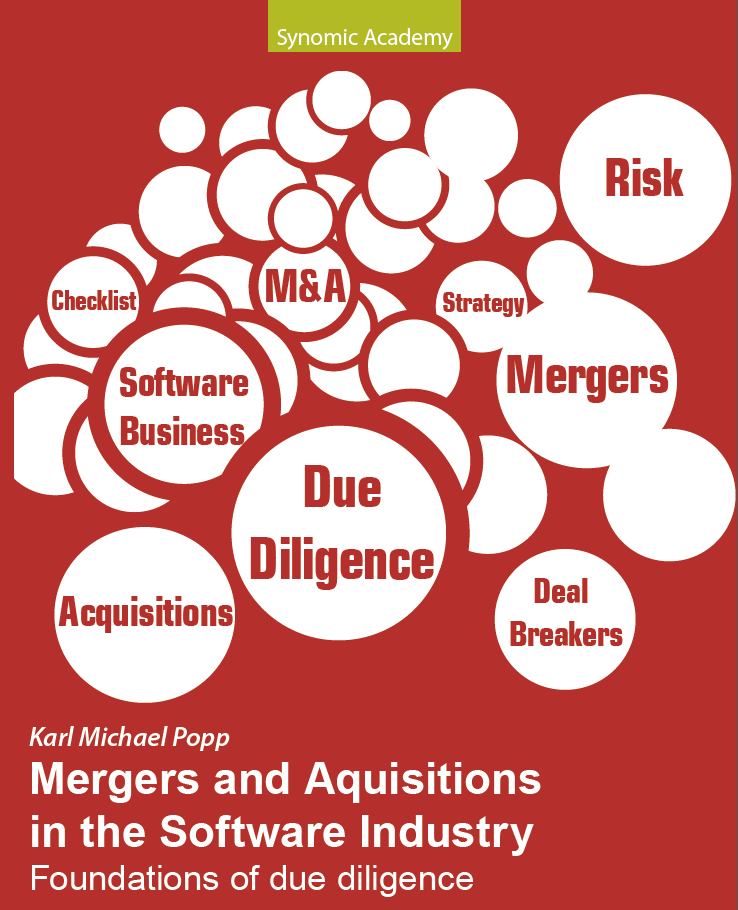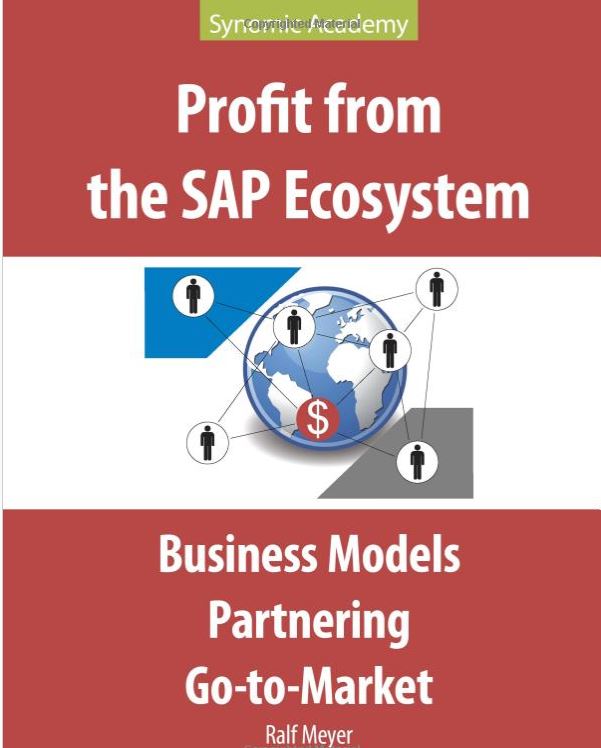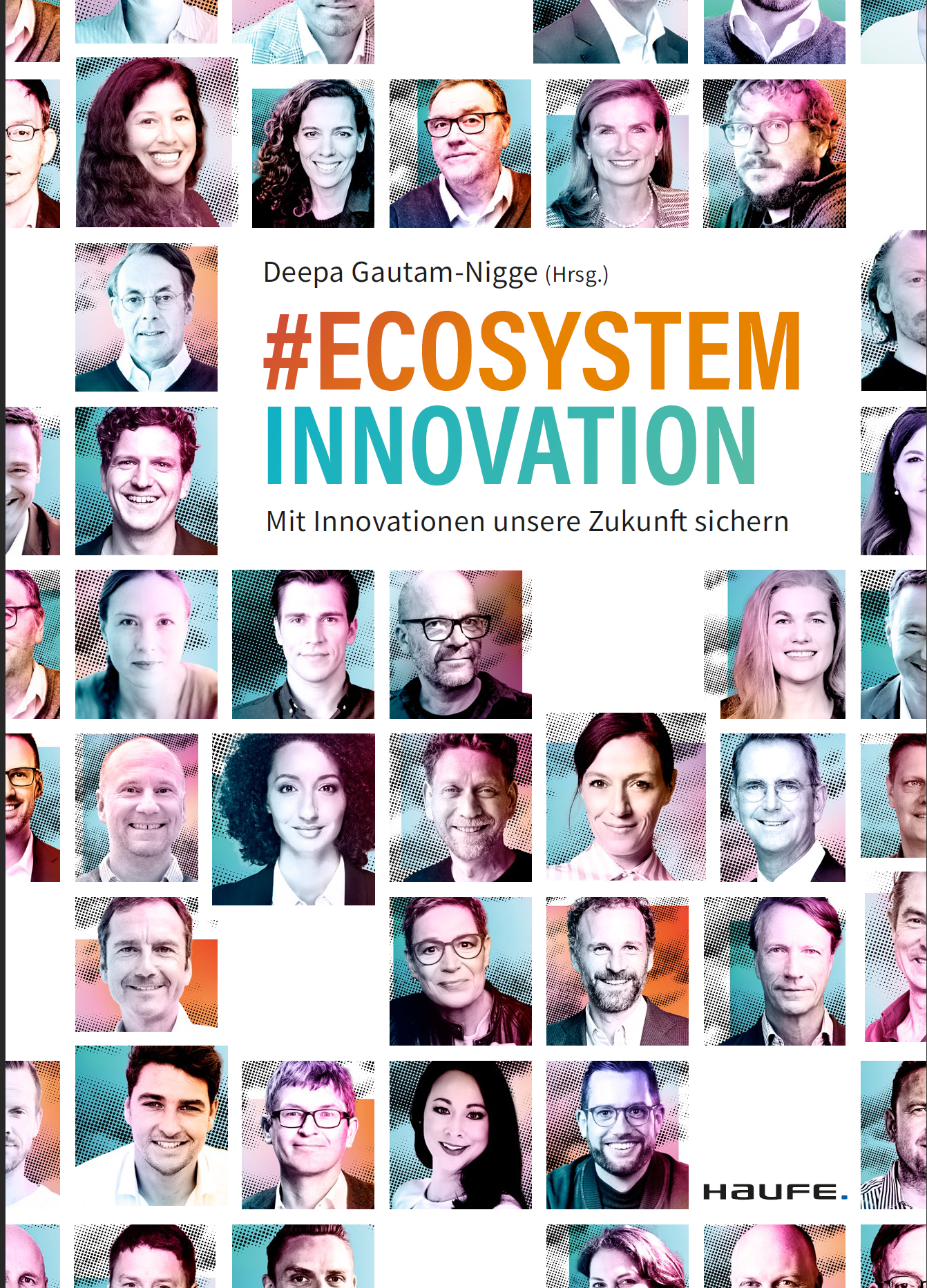Aggregator business models: Ten aggregator company examples
Get into discussions with us at the European Workshop on software ecosystems
Get tickets here https://ewseco.squarespace.com/tickets
Get tickets here: https://ewseco.squarespace.com/ticketsAggregator business models are often applied when customers buy products or services in a fragmented, heterogeneous market. Here are ten examples of companies that use aggregator business models:
Uber: The ride-hailing giant aggregates drivers and riders through its platform, allowing users to request and pay for rides from a network of drivers.
Airbnb: Airbnb aggregates hosts and guests through its platform, allowing hosts to list their properties and guests to book accommodations.
Amazon: Amazon aggregates third-party sellers and buyers through its marketplace, providing a platform for sellers to list and sell their products, and buyers to purchase them.
Expedia: Expedia aggregates travel suppliers and customers, providing a platform for customers to book flights, hotels, and other travel services from a range of suppliers.
Grubhub: Grubhub aggregates restaurants and diners through its platform, allowing customers to order food for delivery or pickup from a range of restaurants.
Upwork: Upwork aggregates freelance professionals and businesses through its platform, providing a marketplace for businesses to hire freelancers for various projects.
Zillow: Zillow aggregates real estate listings and buyers, providing a platform for buyers to search for and purchase homes from a range of sellers.
OpenTable: OpenTable aggregates restaurants and diners, providing a platform for customers to make reservations at a range of restaurants.
TaskRabbit: TaskRabbit aggregates taskers and customers, providing a platform for customers to hire taskers for various tasks, such as cleaning, moving, and handyman services.
Etsy: Etsy aggregates artisans and buyers, providing a platform for artisans to sell their handmade and vintage goods to a range of buyers.
All of these companies use aggregator business models to connect suppliers and customers through their platforms, creating value for both parties. They leverage technology to create efficient marketplaces that allow suppliers to reach a broader customer base and customers to access a wider range of products or services.
Get into discussions with us at the European Workshop on software ecosystems
Get tickets here https://ewseco.squarespace.com/tickets
Now, continue to
Aggregator business models: Ten aggregator company examples
Revenue Models For Aggregator Companies
Ten steps to create an aggregator company
Aggregator business models: full story and future trends
Platform Business Models – the basics
Building on the shoulders of giants. Shortcuts to Platform Business Success









